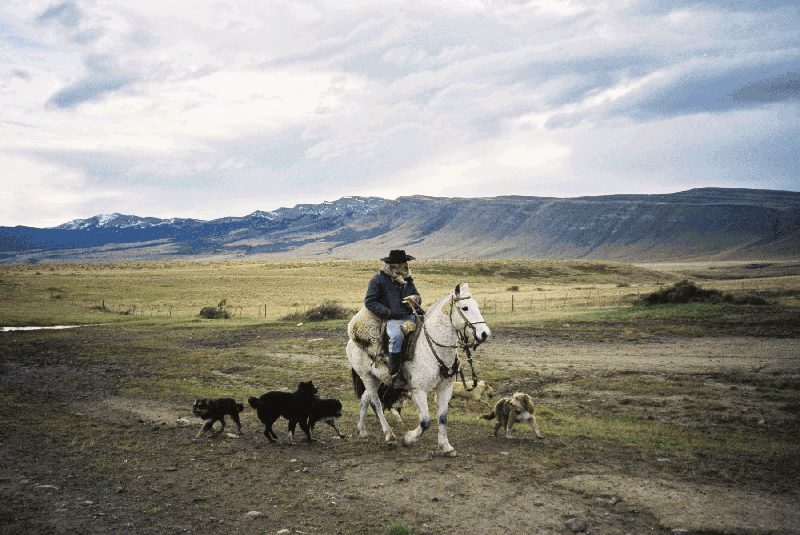Argentina and Buenos Aires, some quick facts

- Argentina is located in the southern extreme of South America. With a continental extension of 2.791.810 km2.(including Malvinas Islands, other South Atlantic Islands and part of Antarctica). Argentina is the second largest country in South America and the eighth in the world. The western part of Argentina is occupied by the Andes mountain range, the great mountain system of the South American continent. Here we find the Aconcagua (6.959 m), the highest peak in the world outside those existing in the Himalaya. The central part and the east of Argentina (except for the parallel groups to the Andes already mentioned) consist almost entirely of a flat or gently undulating plain.
- In the area around the Iguazú Falls the subtropical climate prevails whereas, just south from that the climatic conditions are more temperate. It is rich in flora and fauna. Its territory consists of slopes, ponds and swampy lands cut through by important rivers. Around Buenos Aires the climate is regulated by the Pampas. The Pampa with its temperate climate possesses the most productive lands of the country (and one of the best ones of the world) for the agriculture and cattle breeding. Its plain landscape is just broken by Tandil and Ventania Sierras. The eastern part of this area is characterized by the vast populated beaches of the Atlantic coast.
- Argentina has a low demographic density. It consists of around 36 million people, mainly established in the urban centers. The 85% of the population is descendant of immigrants from Europe. As opposed to most Latin American countries, in Argentina there are relatively few Indian half castes (people of mixed races: European and Indian).
- Almost half of the population of the country lives in the Federal Capital and the province of Buenos Aires. The urban population makes up the 88% of the whole whereas the rural population represents the 22%. The figures give us a population density of 13 inhabitants per square kilometer with an annual growing of 1,5 %.
- Argentina's cultural roots are mainly Europeans and that is clearly reflected in its architecture, music, literature and lifestyle. It has an intense cultural activity. It is seen in the festivities, expositions, cinemas, theatres, and concerts that take place in the principal cities. Buenos Aires has approximately 100 cinemas and 90 theatres with a great diversity of spectacles that turn it into one of the cities with the major theatrical activity in Latin America. The characteristic music of the city of Buenos Aires is the world-famous tango. Folklore includes several and varied rhythms and styles according to the different regions of the country.
- The typical Argentine food is asado (barbecue: meat cooked over live coals), apart from empanadas (a sort of turnover meat pie or pastry that comes with a variety of other stuffings), tamales (a dish made of corn meal, chicken or meat wrapped in corn husks), humita (dish made of grated corn, sweet peppers and tomatoes wrapped in the green leaves of corn) and locro (dish made of meat, potato, pumpkin, corn and sweet pepper). However, and due to the important migrating current that populated the country, there exists a quite varied international cuisine: Spanish, Italian, French, German, Scandinavian, Greek, English, Swedish, Hungarian, Dutch, Chilean, Mexican, Basque, Jewish, Russian, Ukrainian, Chinese, Japanese, Thai and Arabian. Our country characteristic drink is mate (infusion). The quality of its wines and meats is worldly known and the new Argentine cuisine has reached an international level standing out due to its qualified chefs.
- Argentina also dominates the polo sport with the top 10 proffesional players all come from Argentina. Here the players are known as "polistas"

For more information about Argentina you can check this page of an Argentinean tourist agency or, of course, wikipedia. Or for more information about Buenos Aires visit the site for touristes of the Buenos Aires government or Buenos Aires on wikipedia.










